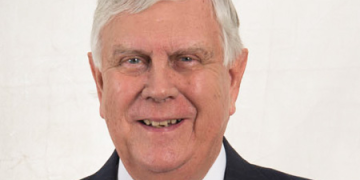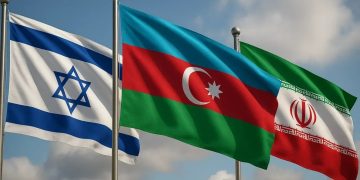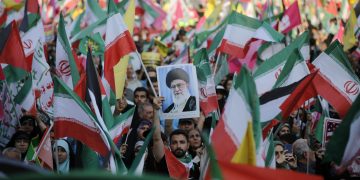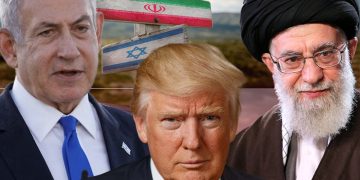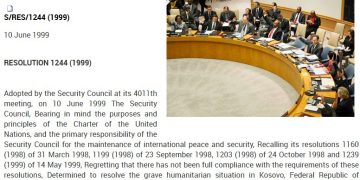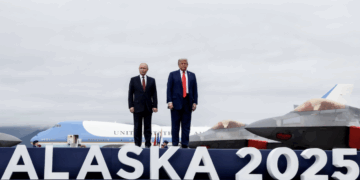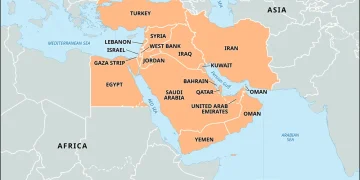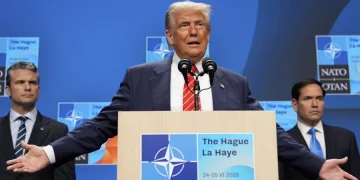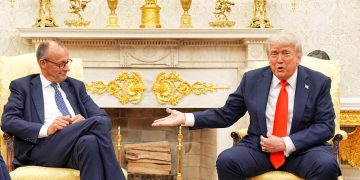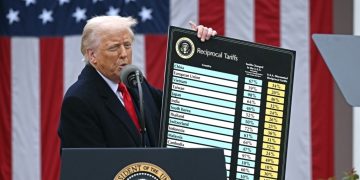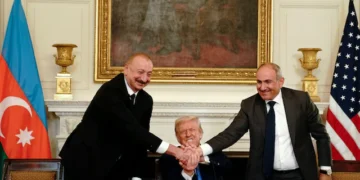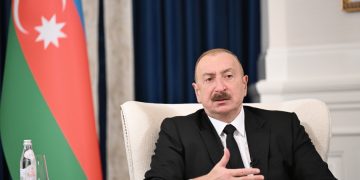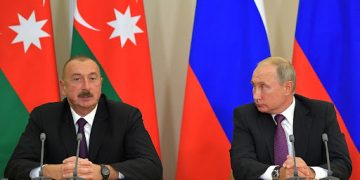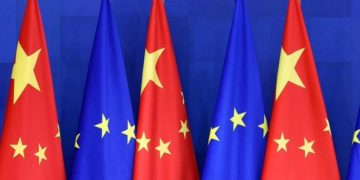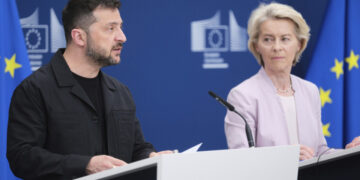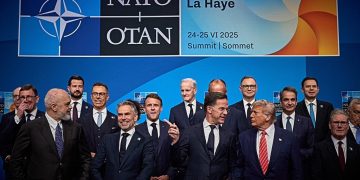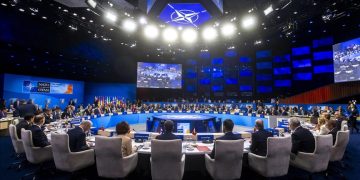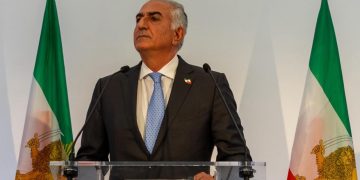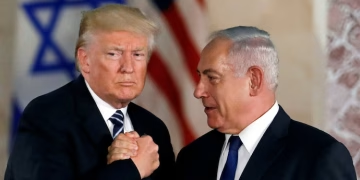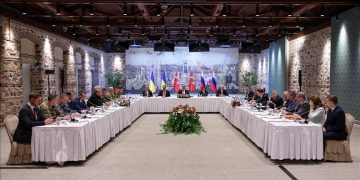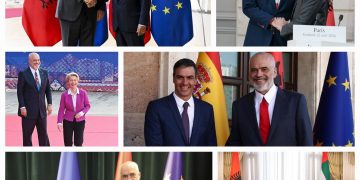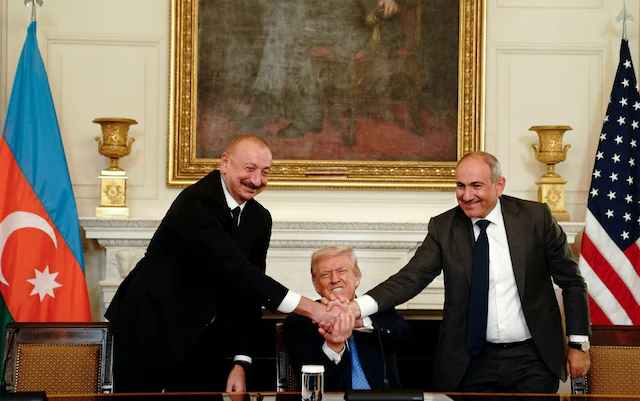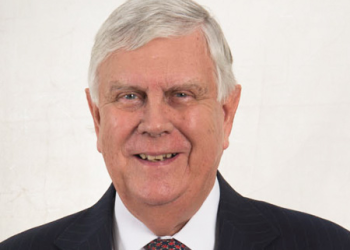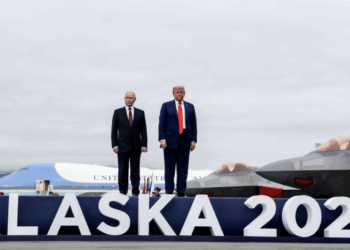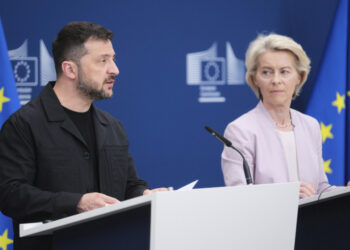By Philip Acey*
Exclusively for Argumentum,
On August 8, Armenia and Azerbaijan signed a historic peace deal in the White House, in the presence of President Trump. The agreement, which envisions an end to three decades of hostility and the opening of a corridor linking Azerbaijan to its Nakhchivan exclave, is remarkable not only for the deal itself but for setting in which it was signed: in the White House, with Trump in charge, direct U.S.-Armenian management over the corridor, and no mention by Armenia or Azerbaijan of any Russian role.
For the first time since the Soviet Union’s dissolution, it was not Russia but the United States that brought Armenia and Azerbaijan together. That shift signals a new era in the South Caucasus, which worries leaders in Russia, Iran, and local nationalist factions.
The deal was made possible by Russia’s recent and dramatic loss of credibility in both countries. In 2023, Azerbaijan seized Nagorno-Karabakh by force, while Russian peacekeepers did little to stop it. Armenians, then reliant on Russian peacekeepers to maintain the status quo in Nagorno Karabakh, felt abandoned. As a result, Armenia froze its participation in the Russia-led Collective Security Treaty Organization (CSTO) and turned to France, Greece, and Cyprus for defence cooperation.
At the same time, Azerbaijan’s trust in Russia collapsed after a Russian surface-to-air missile shot down an Azerbaijan Airlines flight in December 2024 over Russian airspace, killing dozens. Moscow has refused to acknowledge responsibility, heightening tensions, while Baku is preparing to take Russia to international courts to reach a settlement.
Both Armenia and Azerbaijan, once solidly within Russia’s sphere of influence, were suddenly looking for alternatives. That created an opening. The United States, backed by European partners, stepped in to mediate – something unthinkable just a few years earlier.
The symbolism of the White House signing was amplified when Armenia and Azerbaijan announced the name of their new corridor connecting Azerbaijan with its Nakhchivan exclave: the “Trump Route for International Peace and Prosperity.” Trump insisted he had not asked for it; this was a strategic gesture by both Armenia and Azerbaijan. By attaching his name to the corridor, they consider that Trump will feel personally invested in the deal’s survival while sending a clear message to Moscow: Russia does not deserve credit for this rapprochement and no longer has a monopoly on peacemaking in the South Caucasus.
Russia’s response to the agreement was telling. The Foreign Ministry claimed the “current stage of normalization began with the direct assistance and central role of Russia.” As such, Moscow has been reduced to putting on a positive spin on this rapprochement, refusing to acknowledge that it was directly its own strategic miscalculations that drove both Armenia and Azerbaijan into the arms of the United States and Europe. Russia was sidelined from a process it once dominated but failed to finalize into a peace deal. Russia’s perceived unwillingness to protect Armenia, its denial over the downed Azerbaijani aircraft, and its preoccupation with the conflict in Ukraine created a strategic vacuum that Trump and European allies were able to exploit at Russia’s expense.
But Russia is not the only regional power that is annoyed at the proposed U.S-Armenia controlled corridor that is likely to traverse within a few kilometres of the Armenia-Iran border. As part of the deal, U.S. security actors are poised to manage the Trump Route for International Peace and Prosperity. Iranian leaders fear Armenia could become a new bastion of American influence in the region and the corridor itself become a staging ground for intelligence- gathering and armed intervention into Iranian territory. This fear is compounded by Azerbaijan’s deepening engagement with Israel in the defence and economic spheres, when much of the Muslim world is severely criticizing Israel for its actions in the Gaza conflict.
Therefore, Iran worries that an expanded American, Israeli, and European presence in the South Caucasus could destabilize the region. Iran’s foreign minister has already warned that “foreign presence” in the Caucasus threatens regional stability. For Tehran, the deal looks less like peace and more like encirclement. In this case, it resembles the early 2000s – albeit on a much smaller scale – when the U.S. had significant military forces deployed in two of Iran’s neighbours: Iraq and Afghanistan, besides its typical NATO-tied personnel in Turkey and special forces in Pakistan.
But not all regional powers are frustrated with this deal. Turkey is positioning itself to be the economic winner. In late- July, Turkey secured $2.8 billion in investment to connect Turkey’s rail network with the Nakhchivan region of Azerbaijan.
By connecting its rail network to the Nakhchivan region, Ankara aims to turn the proposed Trump Route into a backbone of east-west trade to enhance Turkish influence in the wider region. The corridor could significantly strengthen the Lapis Lazuli trade route, which links Central Asia through the South Caucasus to Europe, shorten existing transit times, strengthen Turkish influence in Central Asia, and revitalize Nakhchivan and eastern Turkey – at a time when the militant Kurdistan Workers’ Party (PKK) dissolved itself in May 2025.
For Armenia and Azerbaijan, this peace deal – with its potential to dramatically increase trade – offers a chance at prosperity after decades of frozen and hot conflict. If the corridor and expanded trade are realized, it could pave the way for long-term peace.
All of this explains why this peace deal matters: it reflects not only a shift in Armenian and Azerbaijani loyalties but also Trump’s astuteness to seize a geopolitical opportunity and have it branded as his own. In doing so, he has reshaped the strategic map of the South Caucasus, displacing Russia, unsettling Iran, and gaining leverage with Turkey to transform the region in its national interest at a time when Syria’s allegiances are still being determined.
But can the peace hold? Nationalists in both Armenia and Azerbaijan are skeptical and their voices are loud. Armenia is undergoing a tense crisis between the government and the Armenian Apostolic Church. This crisis threatens state unity and the survival of the Pashinyan presidency, a vulnerability that foreign powers are actively exploiting. Iran has already voiced its strong opposition to the existence of this U.S.-managed corridor and therefore may seek to disrupt it. Russia, while concerned with growing Western influence in the South Caucasus is likely to play a wait and see approach to see how it can best advance its interest in a changing region. U.S. and European investment and pressure will be key in ensuring this peace.
The August 8 signing marked a turning point. For the first time in decades, the U.S. is driving events in a region long thought to firmly belong in Moscow’s sphere. Armenia and Azerbaijan have made their choice based on Moscow’s behaviour. Trump recognized the opportunity, negotiated a deal, and secured a diplomatic victory. The agreement also strengthens America’s presence, with broader implications for its strategic interests in Turkey and the Middle East. This is yet another example of alliances changing at a pace not seen since the onset of the Global War on Terrorism in 2001.
*Philip Acey is a PhD candidate from Canada and an independent political researcher and analyst who has worked for over a decade across Europe, Asia, Africa, and South America, visiting more than 50 countries. His research has been used worldwide to advise the UN Security Council, UN agencies, diplomats, and humanitarian organizations. Connect with him on X: @Philipfficial
© 2025 Argumentum


